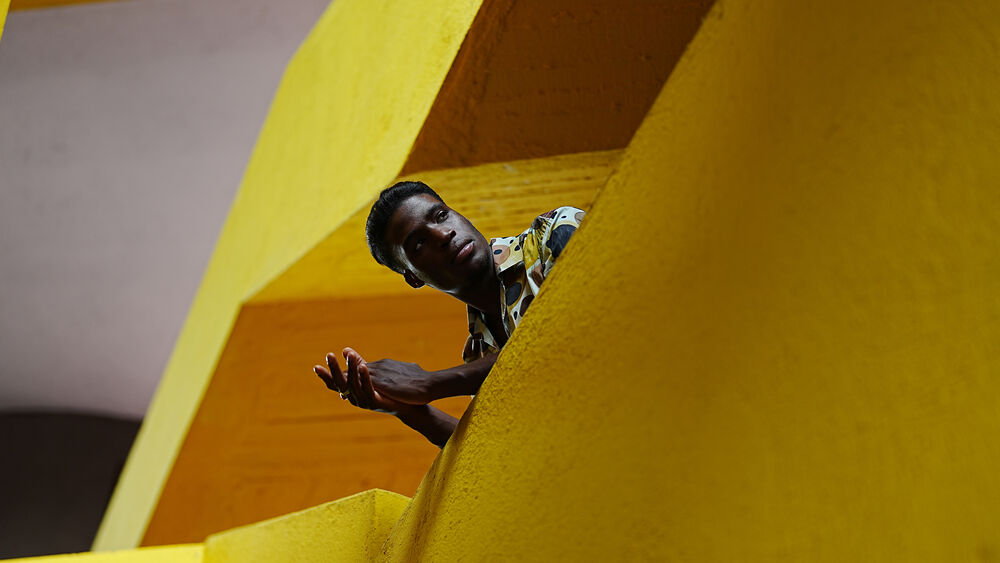- Record in 10-bit 4:2:2 using the advanced XAVC S-I format for consistent performance and quality at bitrates up to 600 Mb/s.
- Full-frame 4K recording is possible with frame rates up to 30p, up to 60p in 4K with a Super35 crop, and full HD recording up to 120p, using full 1:1 pixel readout without binning.
- The high-speed, 120 fps recording also enables 4x and 5x slow-motion movie recording with the frame rate set to either 30p or 24p.
- Slow & Quick (S&Q) mode allows shooters to capture 4K video at specified steps between 1-60 fps and Full HD between 1-120 fps, depending on the format. These settings will allow you to slow down action as well as speed up a slow-moving scene.
- The S-Log3 and S-Gamut3.Cine gamma curves allow for more than 15 stops of dynamic range and for increased post-production flexibility, including matching video from other Sony Cinema Line cameras.
- S-Cinetone can be used to deliver distinct colors and healthy-looking skin tone rendering that is based on technology from the professional Cinema Line cameras, such as the VENICE. This color profile offers natural mid-tones, soft colors, and especially well-controlled highlights.
- Creative Looks can be baked into the recorded footage to create a specific mood during recording and minimize the need for editing.
- User-created LUTs and presets can be set for accurately monitoring footage or previewing a specific look during shooting and can be applied to the camera’s monitor, EVF, or HDMI output.

AI-Powered Autofocus and Image Stabilization
The Sony a7C II’s AI processing unit brings a host of enhanced capabilities to the camera’s autofocus and image stabilization systems, ensuring smooth handling and clarity no matter the shooting conditions. The camera’s 759 phase detection points in stills mode and 495 points in video mode, covering 94% of the image area, are enhanced with AI-powered subject recognition performance and real-time tracking. The AI processor also uses a new autoexposure algorithm, Human Pose Estimation, to prioritize exposure areas for a 20% improvement in overall exposure accuracy. The auto white balance also benefits from the improved AI processor, aiding in difficult lighting conditions. Other autofocus features include focus bracketing in up to 299 images with sequentially shifted focus points, focus accuracy in low light down to EV -4.0, focus breathing compensation, autofocus assist, focus mapping, and focus peaking during autofocus.
Additionally, the AI Processing Unit recognizes and tracks subjects when recording video, seamlessly auto-cropping to maintain the subject in a prominent position in the frame and lending ease to otherwise difficult camerawork. This tracking can be custom located within the frame and adjusted for speed and sensitivity, all at the touch of a finger.
Image Stabilization
Now offering seven stops of shake compensation, the camera’s pixel-level 5-axis optical image stabilization system, which counters five different types of camera shake encountered during handheld shooting of stills and video, is algorithmically optimized for precision detection and control down to a single pixel. The AI Processing Unit also improves communication between the body and the lens, providing more stable framing before shooting. This allows users to confidently use any lens, even adapted lenses, for critical imaging without encountering blur from camera shake.
Advanced Rendering
For stills-shooters, the a7C II offers a wide range of color renderings and compressions for optimal image quality and storage management, led by the introduction of the High Efficiency Image File (HEIF) format. Users also have the choice between Compressed and Lossless Compressed options when shooting raw. The AI Processing Unit also helps to achieve better exposure results in Auto mode with applicable algorithmic adjustments made for skin tone, backlit situations, and white balance. The same Creative Looks presets available in video are also available when shooting stills, allowing additionally for user-defined configurations with eight adjustable parameters. For optimal viewing of stills when tethered to select monitors and televisions, the a7C II now offers a stills-designed Hybrid Log-Gamma mode that delivers accurate dynamic range in 10-bit HEIF format.
Body Design and Connectivity















